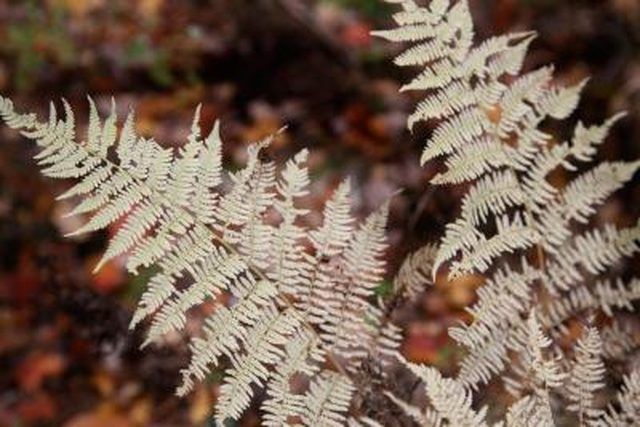Bulbs
Flower Basics
Flower Beds & Specialty Gardens
Flower Garden
Garden Furniture
Garden Gnomes
Garden Seeds
Garden Sheds
Garden Statues
Garden Tools & Supplies
Gardening Basics
Green & Organic
Groundcovers & Vines
Growing Annuals
Growing Basil
Growing Beans
Growing Berries
Growing Blueberries
Growing Cactus
Growing Corn
Growing Cotton
Growing Edibles
Growing Flowers
Growing Garlic
Growing Grapes
Growing Grass
Growing Herbs
Growing Jasmine
Growing Mint
Growing Mushrooms
Orchids
Growing Peanuts
Growing Perennials
Growing Plants
Growing Rosemary
Growing Roses
Growing Strawberries
Growing Sunflowers
Growing Thyme
Growing Tomatoes
Growing Tulips
Growing Vegetables
Herb Basics
Herb Garden
Indoor Growing
Landscaping Basics
Landscaping Patios
Landscaping Plants
Landscaping Shrubs
Landscaping Trees
Landscaping Walks & Pathways
Lawn Basics
Lawn Maintenance
Lawn Mowers
Lawn Ornaments
Lawn Planting
Lawn Tools
Outdoor Growing
Overall Landscape Planning
Pests, Weeds & Problems
Plant Basics
Rock Garden
Rose Garden
Shrubs
Soil
Specialty Gardens
Trees
Vegetable Garden
Yard Maintenance
How Does a Fern Plant Transport Water & Nutrients?
How Does a Fern Plant Transport Water & Nutrients?. Ferns are among the oldest plants on Earth with a vascular system, a network of vessels in their stems and leaves that transports water and minerals from the roots and sugars from the leaves and distributes them throughout the plant.

Ferns are among the oldest plants on Earth with a vascular system, a network of vessels in their stems and leaves that transports water and minerals from the roots and sugars from the leaves and distributes them throughout the plant.
Water
Ferns contain a simple root system that absorbs water, like the root systems of later evolved plants. Once water has entered into the fern's roots, it passes into a vessel called the xylem, which extends up the fern's rhizome, or stem, and into the leaves. As water evaporates from the leaves, it pulls water up from the roots, similar to how water moves up a drinking straw. The water that doesn't evaporate powers the energy-generating process of photosynthesis.
Minerals
Ferns require several mineral nutrients to survive, which they obtain from the soil. Fern roots pump minerals into the roots, where the minerals enter the xylem, dissolve in water there and disperse throughout the plant.
Sugars
In the fronds of ferns, photosynthesis rearranges molecules of carbon dioxide and water and produces sugar to use as energy. Ferns move sugar throughout the plant using a set of vessels called the phloem. Once the sugars reach an area where they're needed, special phloem cells called companion cells pump sugar out of the phloem vessel and into the needy cell.